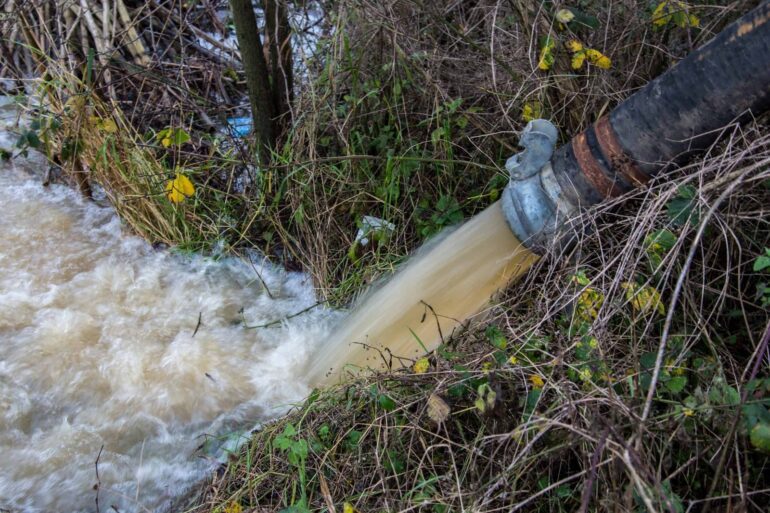TL;DR:
- Accurate prediction of wastewater influent flow rates is essential for treatment plant operators.
- Previous research relied on batch learning but faced challenges during COVID-19.
- Online learning models, continuously trained with new data, outperformed batch models.
- They exhibited high R2 values, low MAPE, and RMSE in predicting flow rates.
- Online models efficiently handled dynamic data patterns in influent streams.
- Data from Canadian wastewater plants was used to develop and validate the models.
- These models offer robust support for managing influent patterns during emergencies like COVID-19.
Main AI News:
Accurate prediction of influent flow rates is crucial for wastewater treatment plant operators and managers. In essence, influent flow represents the untreated water entering a treatment facility. This prediction hinges on understanding wastewater characteristics like biochemical oxygen demand (BOD), total suspended solids (TSS), and pH.
Prior research has demonstrated the effectiveness of data-driven models in predicting influent flow rates. However, many of these studies have focused on batch learning, where data is collected and the machine learning model is trained periodically. While this approach has merits, it required reevaluation, particularly in the context of the COVID-19 era, when influent patterns experienced significant disruptions.
In machine learning, batch learning involves processing data in discrete chunks over time. In contrast, online learning entails continuous model training as new data becomes available. During the COVID-19 pandemic, the limitations of batch learning became more pronounced due to shifting input-output relationships resulting from lockdowns. In response, our team shifted its focus to explore online learning models to address these challenges.
Pengxiao Zhou, a civil engineer at McMaster University, explained that our team employed innovative machine learning techniques to bolster the prediction capacity of wastewater influent flow rates, particularly in the unique context of COVID-19 lockdowns.
We compared the performance of conventional batch learning models, including Random Forest, K-Nearest Neighbors, and Multi-Layer Perceptron, with their online learning counterparts—Adaptive Random Forest, Adaptive K-Nearest Neighbors, and Adaptive Multi-Layer Perceptron—in predicting influent flow rates at two wastewater treatment plants in Canada.
Consistently, the online learning models outperformed conventional batch learning models across various scenarios, boasting the highest R2 values, the lowest Mean Absolute Percentage Error (MAPE), and the lowest Root Mean Square Error (RMSE). Remarkably, the R2 values for the testing dataset, predicting influent flow rates 24 hours in advance, were consistently impressive.
Our research found that these online learning models effectively offered reliable predictions amidst dynamic data patterns. They demonstrated efficiency in managing continuous and substantial influent data streams.
Our models were crafted by harnessing three to four years of hourly influent flow rate data and meteorological data from two wastewater treatment plants in Canada. We conducted a comparative analysis by pitting online learning models against their conventional batch learning counterparts to forecast influent flow rates at these two facilities.
Pengxiao Zhou emphasized that these new online learning models can provide robust decision support for wastewater operators and managers in adapting to changing influent patterns during emergencies like COVID-19.
To further validate the effectiveness of our models, our future efforts will encompass conducting additional case studies and exploring a broader range of prediction scenarios.
Conclusion:
The adoption of online machine learning models for predicting wastewater influent flow rates represents a significant advancement in the field. These models, as demonstrated in the study, provide more accurate and reliable predictions, especially in times of unforeseen emergencies. For businesses operating in the wastewater treatment market, incorporating these innovative models into their processes could lead to improved operational efficiency and better decision-making, ultimately enhancing their competitiveness in the market.

